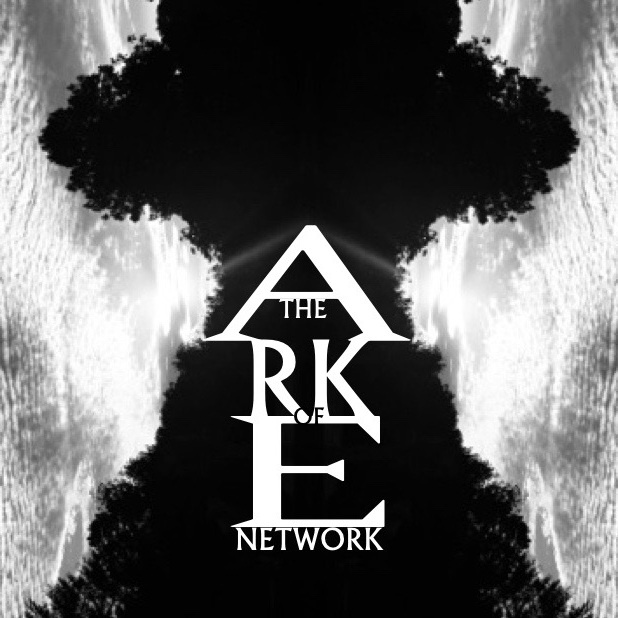The Scoring Session with Matthew J. Blanchard
Matthew J. Blanchard 5/17/17
Join me in conducting an experiment...
I want you to close your eyes, clear your mind and think about Luke Skywalker. Take all the time you need to conjure a mental picture of Luke and then join me back here.
What came to mind? Was it an image of him holding aloft his father’s lightsaber? Was it an image of him in his Jedi cloak in Jabba’s Palace? Was it him in an X-Wing? I suspect that for many of you it wasn’t just an image that appeared in your head. I suspect that like me, when you think of Luke Skywalker the first thing that pops into your head isn’t an image at all but the gentle strings of John Williams’ “Twin Sun’s” motif from the score for A New Hope followed by the iconic shot of Luke watching the suns set.
We film geeks talk a lot about shot composition, lighting, performance, editing. We dissect the way a film cross-cuts between shots, but there are surprisingly few places where we talk about the music of film.
John Carpenter tells a story of how he showed a rough cut of Halloween to an executive before he added his iconic synth score to the film, the executive supposedly said that the movie wasn’t scary. That same executive saw the finished film and said that it was terrifying, and Carpenter admits that the only difference between the two cuts this person saw was the final sound mix and the finished score.
Music is often the unsung hero of film, and it’s hard to see why good film music doesn’t get it’s due more often. Can you picture The Lord of the Rings without at least thinking of Howard Shore’s Shire Theme? Can you think of Darth Vader without thinking of the Imperial March?
Score music isn’t the only music that does heavy lifting in a film, the classic 90’s indie rock opus Empire Records has one of the best soundtracks of its era – and the film would lose a lot without it. To this day there are fans upset that the soundtrack album they purchased doesn’t include a version of the Coyote Shivers track “Sugarhigh” with vocals from Renee Zellweger.
Can you picture Reservoir Dogs without thinking of Mr. Blonde, a straight razor and Stealers Wheel’s “Stuck in the middle with you?”
Music can tell us more about the characters in the film, or give us clues to the events of the film that the visuals aren’t currently giving us.
I have spent a large portion of my life listening to film scores and soundtracks, for reasons I cannot easily define: music is my first hook into a filmic world. It has been that way since I first started humming John Williams’ “Superman March” while running around with a towel around my neck as a small child.
Maybe you’re like me and you have lived with filmic soundscapes your whole life. Maybe you’re a movie lover who wants to delve into music in a new way, maybe you’re a music lover who wants to delve into movies in a new way. Whatever brings you to the idea of examining film music, you’ve come to the right place.
Each month we’re going to explore one film and its music. It could be a complete score like Michael Giacchino’s “Rogue One: a Star Wars Story” or a soundtrack album for a film like High Fidelity where the deep cut vinyl selections say more about the characters within the film than the screenplay at times.
I hope this is something that interests you as much as it does me, and we’ll begin the conversation next month with our first film score – and the one nearest to my heart: John Williams’ score to Superman: The Movie.
-MJB- Matthew J. Blanchard

